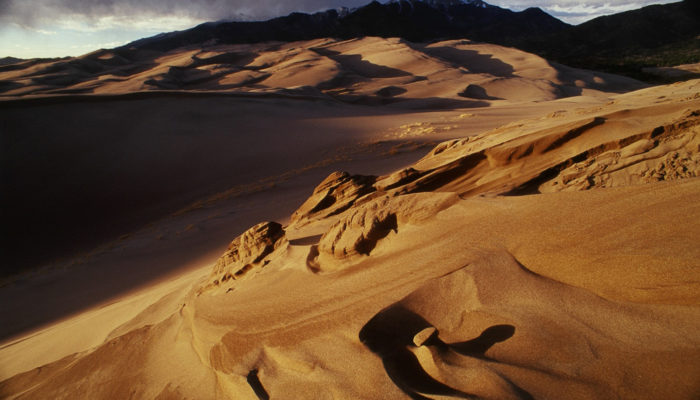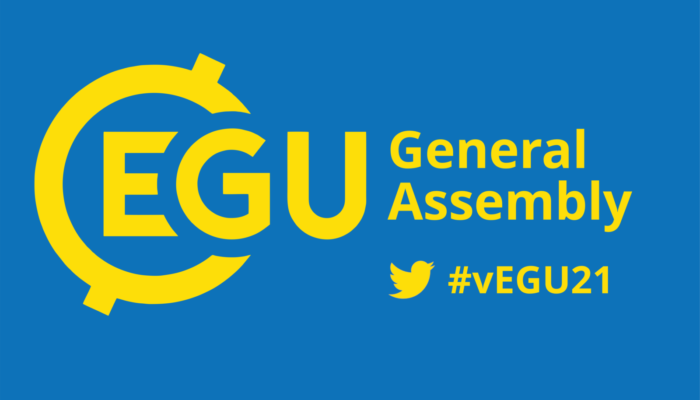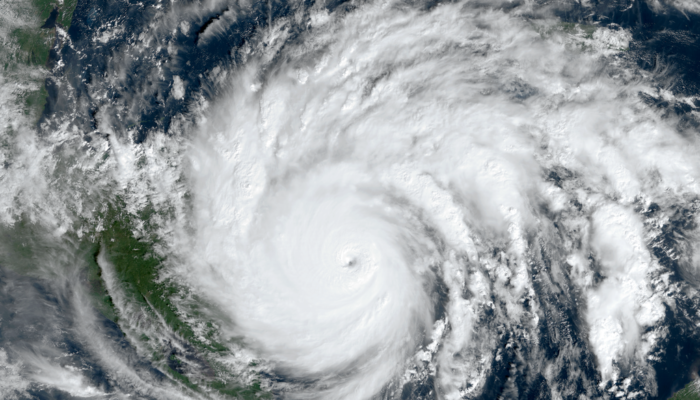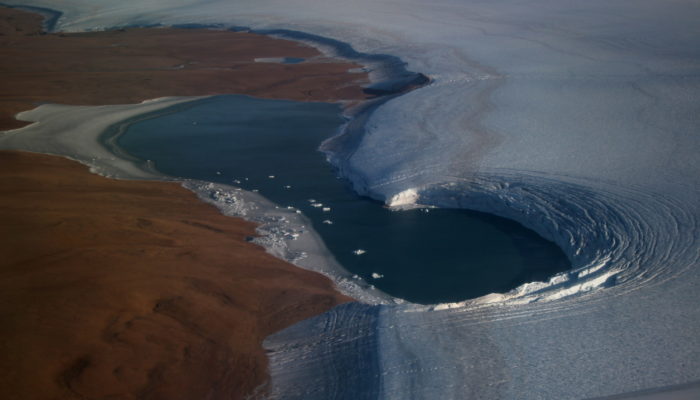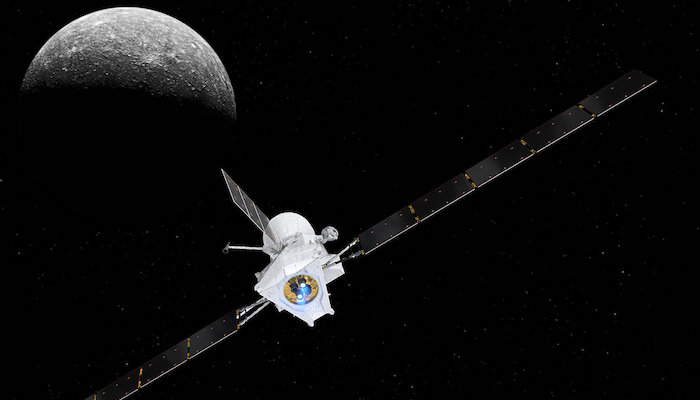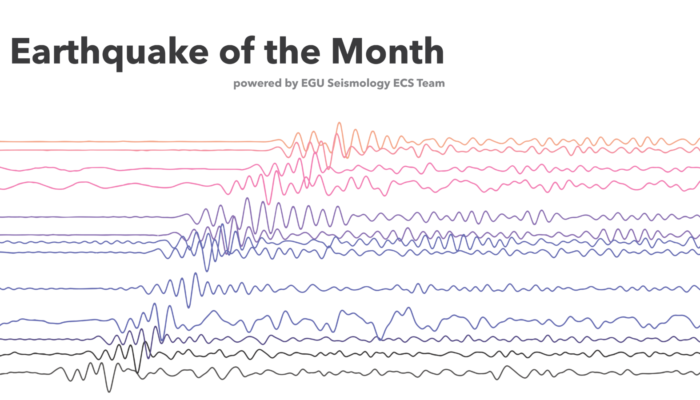During the summer Liam Brannigan contributed to an EGU careers workshop. Liam has had a diverse career, following his masters in maths at Edinburgh University he worked for several years as an investment consultant. In 2010 however, he fancied a change and embarked on a career in physical oceanography, completing his MSc at Bangor University and his PhD at the University of Oxford. A few post-docs ...[Read More]
GeoLog
Imaggeo On Monday: Great Sand Dunes Sunset
On a late afternoon in Colorado’s Great Sand Dunes, the sun came out from behind the clouds for a brief moment before it went behind the horizon, illuminating the stoss side of an eroding dune. Sand originated from lacustrine deposits in the San Luis Valley; the Sangre de Cristo mountains, which can be seen in the background, provided a source of some of the sand. This image therefore illust ...[Read More]
Natural Hazards
#vEGU21: Gather Online – what you need to know.
On November 2nd, EGU opened the call for abstracts and communicated that 2021 will see the General Assembly going again fully virtual. It seems a very considerate choice, giving that the COVID-19 pandemic still pervades our lives and makes impossible safe planning of events that include travelling and in-person contacts so far ahead in time. Let’s see what we have to know to get ready for it based ...[Read More]
Geochemistry, Mineralogy, Petrology & Volcanology
The GMPV “Must-read Papers” is here!
Moving in the wide scientific literature can be overwhelming, can’t it? Especially if you are at the beginning of your research journey. Or maybe you just need the right hint to improve your research. Well, we are here to help! The EGU’s GMPV Early Career Scientist committee would like your contribution to the “GMPV Must-read papers” initiative! Following the “TS Must-read” of the EGU Tectonics an ...[Read More]
Nonlinear Processes in Geosciences
The never-ending 2020 hurricane season
Iota, this is the name of the last category 5 hurricane in the Atlantic Ocean. Iota is a non-name because normally hurricanes are named by NOAA starting from A to Z but when the alphabet is over, they are just identified from a letter of the Greek alphabet. Iota is a special cyclone not just because its name implies that the hurricane season is particularly rich in storms but also because of its e ...[Read More]
GeoLog
Using Milankovitch Cycles to create high-resolution astrochronologies
This year marks the 100th anniversary of Milutin Milankovitch’s first paper about Earth’s climate. Milankovitch argued that the amount of solar radiation Earth receives, and hence its climate, varies cyclically as its orbit changes due to gravitational tugs from the other planets. His climate theory fell into disrepute during the 1950’s but was rehabilitated in the 1970’s. Today, many peopl ...[Read More]
Cryospheric Sciences
Did you know… that you can read the edge of Greenland’s ice as an open book?
Scientists struggle to get ice samples from the depths of glaciers where fundamental pieces of information about the climate of Earth are stored. But in many places around the periphery of the Greenland Ice Sheet, you don’t need to drill a deep ice core to obtain ancient ice, you can simply walk across the ice sheet’s margin and look at the layered ice surface. There you can read the ice as though ...[Read More]
Geodynamics
On the way back to Mercury
It is the smallest planet of the Solar System, the closest to the Sun and the quickest at orbiting around it, the one with the least inclined and most elongated orbit, the only one where a day lasts two-thirds of a full year, the one with the highest bulk density. Mercury is a planet of extremes, but rarely visited by space missions (compared to Mars, Venus and the Moon). This week Dr. Nicola Tosi ...[Read More]
Tectonics and Structural Geology
Mind your head: Overcoming Anxiety
This Mind Your Head blog post is a follow-up from Jean Holloway’s talk during the online short course on mental health that aired during the last EGU General Assembly, where she discussed overcoming anxiety. Anxiety is excessive worry or fear, and is a normal part of life, until it becomes frequent or debilitating. This post is written by someone with lived experience as an academic who struggled ...[Read More]
Seismology
Earthquake of the month: Samos-Izmir earthquake
On October 30th, a strong earthquake with Mw 7.0 occurred in the Aegean Sea, between the main cities of Samos in Greece and Izmir in Turkey. The hypocenter location and focal mechanism suggest shallow depth (~10 km) and normal faulting on the E-W plane. This is in agreement with the tectonic setting where an N-S extension is dominant. Moreover, the rupture propagates near the Menderes Graben in We ...[Read More]


